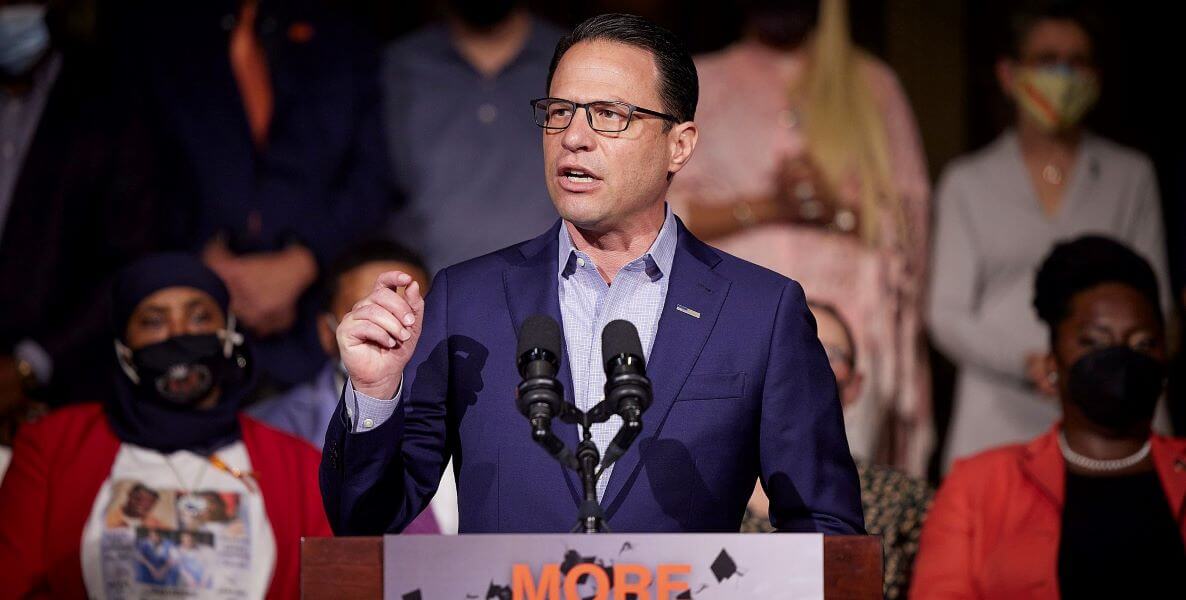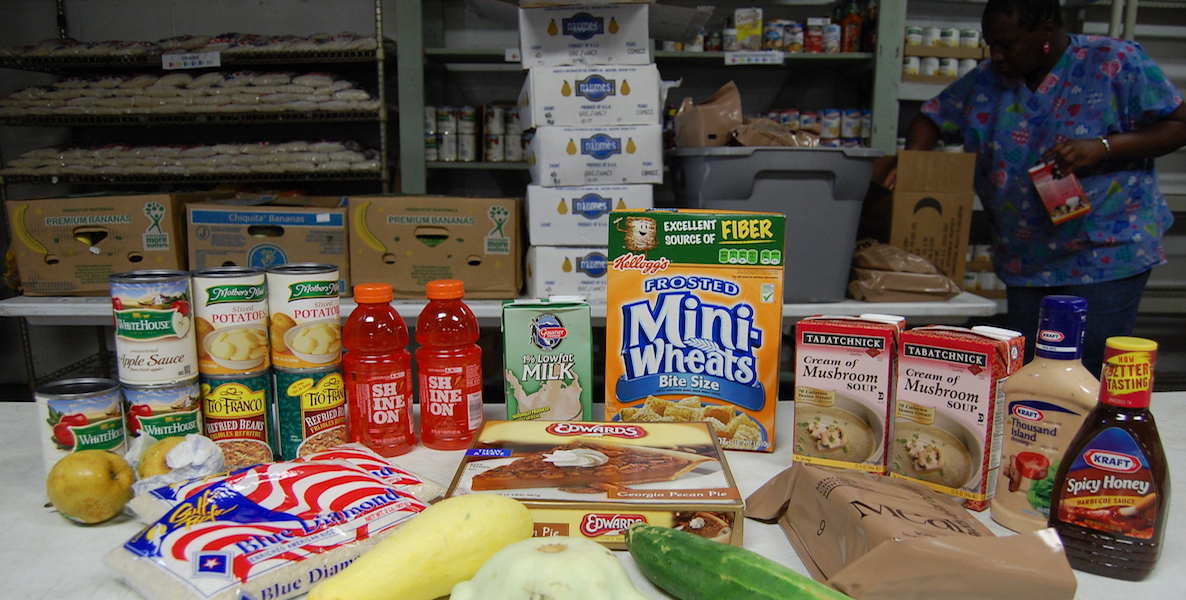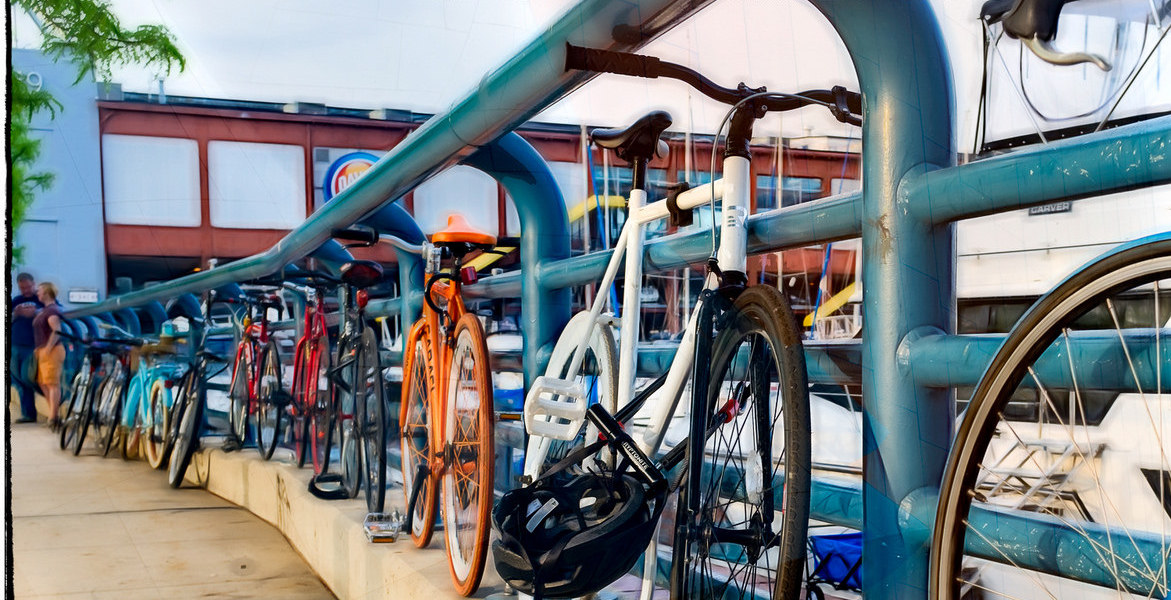Philadelphia may have more bikers per capita than any other big city in America, but it’s far from a cyclist’s paradise: Bike lanes are few and far between in several neighborhoods, and many residents loathe the idea of adding more.
There’s something of a miniature culture war simmering in Philly between bicyclists and motorists, one that often pits new Philadelphians against longtime residents. One local columnists’ bread and butter is hating on bikers, and the city’s foremost urbanist PAC is at war with a Council member over his aversion to bike lanes.
The solution to those problems may lie in the small city of Macon, Georgia.
Josh Rogers is the director of Newtown Macon, a nonprofit focused on making civic and municipal improvements to the city. He says the concept of installing bike lanes had become a political football over time and, much like in Philly, a victim of the culture wars salugi. The Macon government saw bike lanes as trivial, and often used them as an example of frivolous spending.
Rogers says there was a subconscious us-versus-them mentality when it came to discussing bike lanes in Macon, and, as a result, development of such projects had stagnated. Macon’s leaders especially balked at the estimated cost of a proposed network of interconnected bike lanes, known as a “bike grid”: $25 million.
So Rogers’ team came up with their own plan. Instead of a massive, permanent infrastructure project, the group built a temporary bike grid in Macon’s downtown area, stretching along five miles of high-traffic thoroughfares. Using a $500,000 grant won from the Knight Foundation, Newtown Macon finished the grid in late 2016. It was replete with new bike lanes, protective barriers and bike counters; originally only set to remain open for a couple of days, Macon’s mayor allowed the grid to operate for several weeks.
After Macon residents became acclimated to the bike grid, Rogers says the culture changed.
“It was no longer a political issue. It was no longer a class issue. It was no longer an infrastructure issue,” he says. “It was, like, we have all this asphalt, and we’re not using it. Why not let people bike around?”
Few things are actually as threatening as we imagine them to be, especially things like bike lanes. The fact that the grid would be provisional makes it inherently less threatening to skeptics than a permanent one.
Cycling also suddenly became way more popular: On streets with bike lanes, the number of bikes was 854 percent higher than on those without them. On one stretch in particular, this figure shot up by 1,758—yes, 1,758—percent. Rogers says the government has changed, too. It’s been about six months since the temporary grid closed, and Macon has already established a few new permanent bike lanes. This was the exact outcome Rogers and Newtown Macon had hoped for—Maconites had realized that bike paths were unobtrusive, useful and not worth the culture war baloney.
Macon, historically, had no bike culture to speak of—and built one out of scratch with its short-term network of bike lanes. Philly is more bike-friendly, but it still has much to gain from a temporary bike grid.
In particular, a temporary bike grid would make cycling safer in areas outside of Center City. Randy LoBasso, communications manager at the Bicycle Coalition of Greater Philadelphia, says there are entire neighborhoods—some with fast-moving, dangerous streets—that don’t have a single bike lane.
![]()
Northeast Philly, for example, is virtually free of bike lanes, as is the Northwest; South Philadelphia may be home to many cyclists, but the sole bike lanes are on Oregon, Snyder and Pennrose avenues, which only cross east-to-west and have no connecting lanes. (Though the city did recently turn 13th and 15th streets into bikeways.) Hell, Washington Avenue is one of this city’s main (and most dangerous) roadways, and it doesn’t even have a bike lane.
“I think what you have in Philadelphia is sort of an equity problem. If you look at a map of Philadelphia bike lanes, there are a lot of bike lanes near the University of Pennsylvania. There are bike lanes going toward southwest Philadelphia, and on Spruce and Pine, one of the richest neighborhoods in the city,” he says. “But you don’t have a lot in North Philly, the Strawberry Mansion area, Kensington.”
LoBasso says residents all over the city are concerned about the presence of bike lanes: Low-income neighborhoods worry that bike lanes will bring gentrification—even though, the highest percentage of bike riders are immigrants and low-income Philadelphians who ride their bikes to work; high-income areas fear that bike lanes might usher in a “bad element”. According to LoBasso, a temporary grid would give neighborhoods a chance to sample bike lanes, get acclimated to them, and then decide for themselves whether they should be permanent. He believes this tryout would show many residents that bike lanes can be implemented without affecting drivers’ commutes—and could even open up economic opportunities.
“I think what you have in Philadelphia is sort of an equity problem. There are bike lanes going toward southwest Philadelphia, and on Spruce and Pine, one of the richest neighborhoods in the city,” LoBasso says. “But you don’t have a lot in North Philly, the Strawberry Mansion area, Kensington.”
“In South Philadelphia, you might see a lot of people riding on the sidewalk, and it’s illegal, and we know it’s illegal, but a lot of times it’s someone’s only option because they’re not given appropriate space on the street,” he says. “A temporary bike grid would really open up people’s perspective on who is using bikes, and how much easier it is for people and their neighbors to use bikes in those neighborhoods. And maybe in some neighborhoods, they’d say, ‘We tried it out, we don’t like it, and we’re done with it.’ But in a lot of neighborhoods, I think you’d see people find that bike lanes open them up to the Center City economy, and to the growing economy in West Philadelphia.”
Perhaps most importantly, a temporary bike grid could take some of the heat out of the culture wars. Few things are actually as threatening as we imagine them to be, especially things like bike lanes. The fact that the grid would be provisional makes it inherently less threatening to skeptics than a permanent one.
![]()
Currently, City Council needs to sign off on every single proposed bike lane. Lawmakers gave themselves this veto power in 2012, when the battle between loud-and-proud cyclists, many of whom were transplants to the city, and drivers, many of whom were longtime residents, was at a fever pitch. But the law has only created more, not less, tension among Philadelphians: It means that there is an all-out neighborhood brawl every time the Kenney administration wants to paint a bike lane onto a street.
Here’s an idea: Council could give up its veto power, but only for this temporary grid. Hopefully, once they get used to it, they’ll realize it’s not that bad.
Header Photo: Henk Tijger for Flickr





